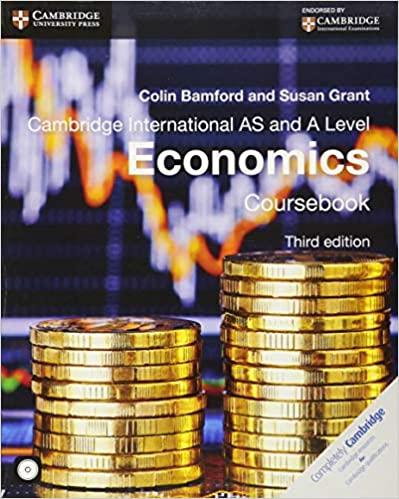Answered step by step
Verified Expert Solution
Question
1 Approved Answer
Please help tutors Question 4. Point allocation: (a) 10%; (b) 5%; (c) 20%; (d) 15%; (e) 20%; (f) 30% Consider the following stationary and ergodic
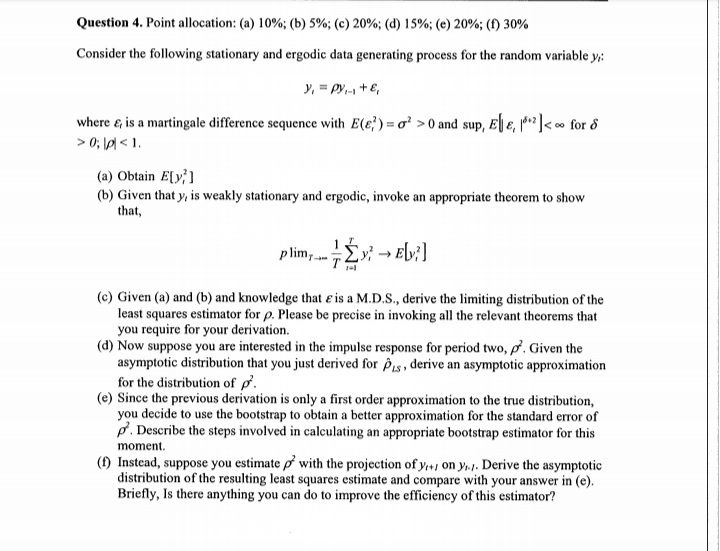
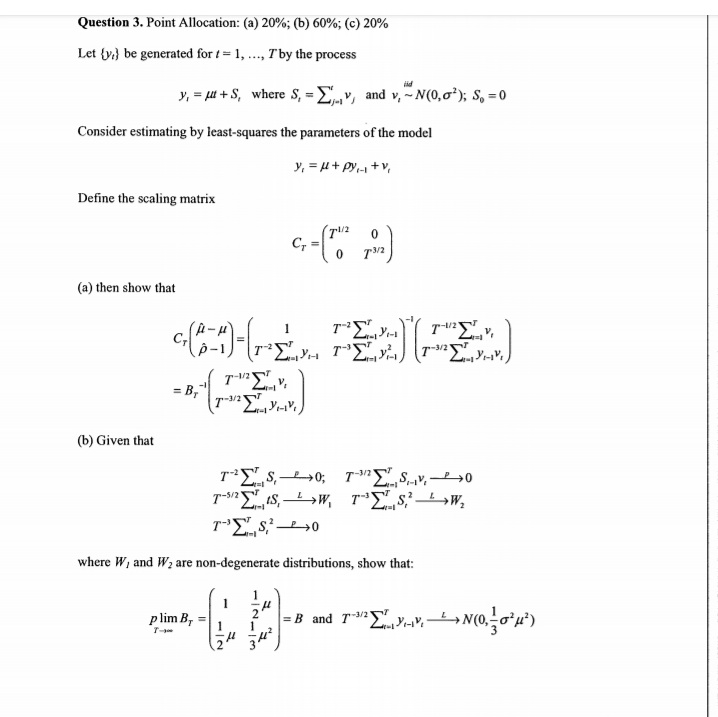
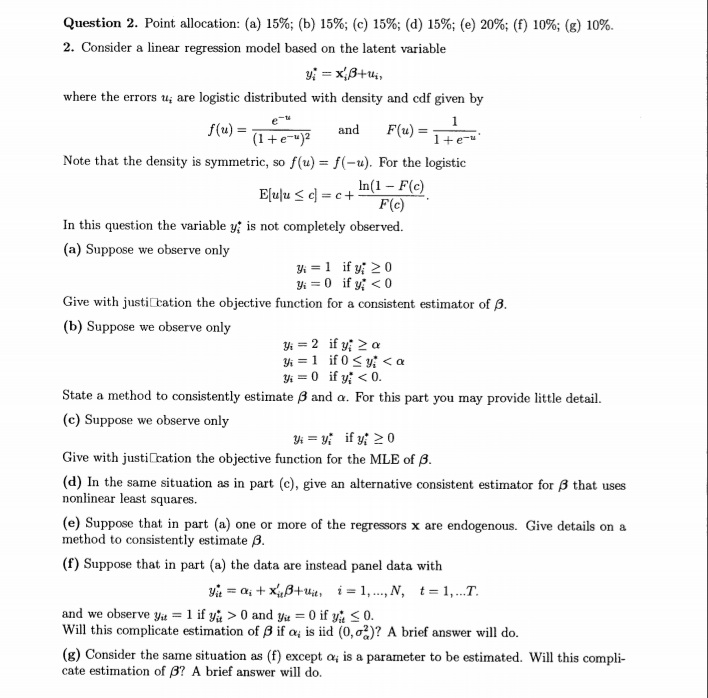
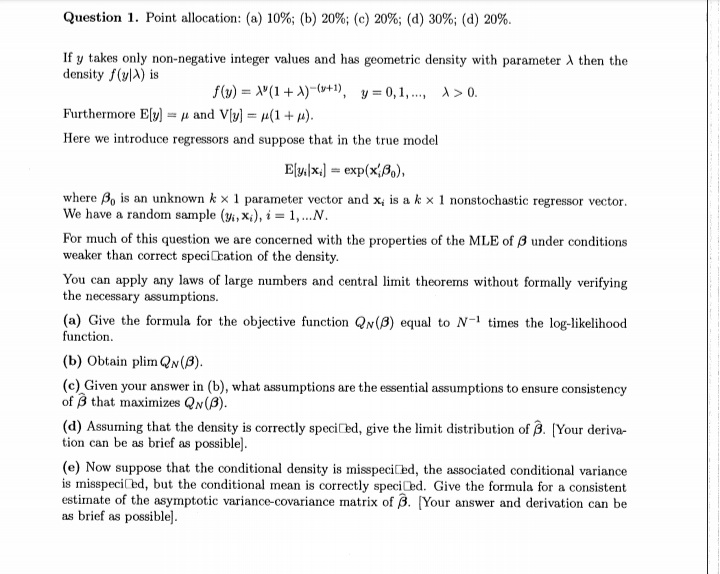
Please help tutors

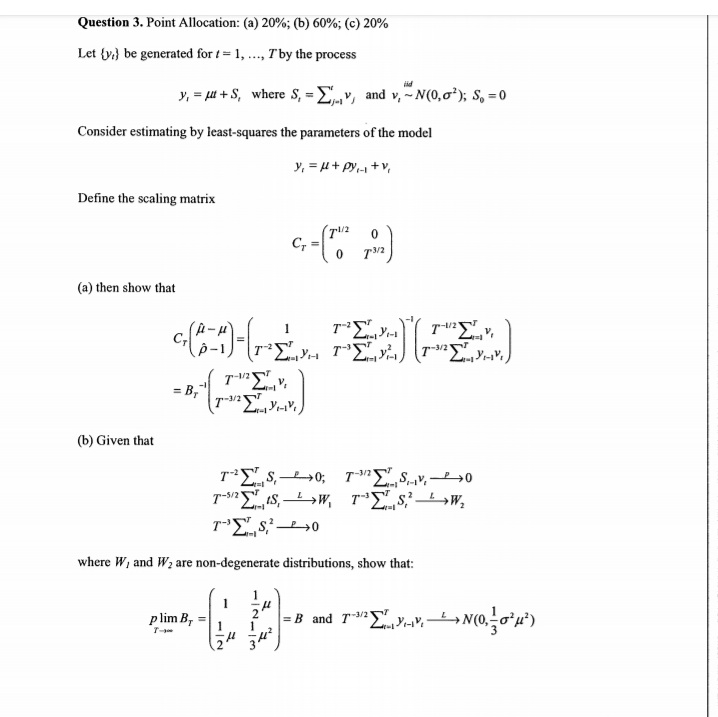

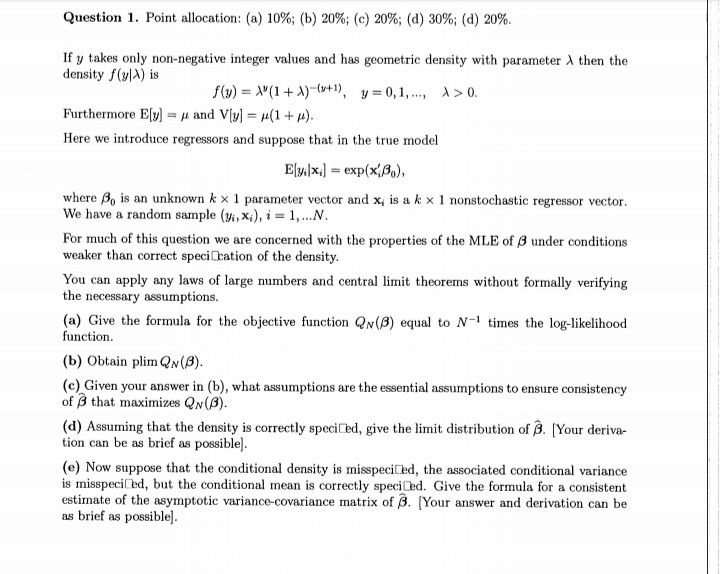
Step by Step Solution
There are 3 Steps involved in it
Step: 1

Get Instant Access to Expert-Tailored Solutions
See step-by-step solutions with expert insights and AI powered tools for academic success
Step: 2

Step: 3

Ace Your Homework with AI
Get the answers you need in no time with our AI-driven, step-by-step assistance
Get Started


